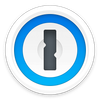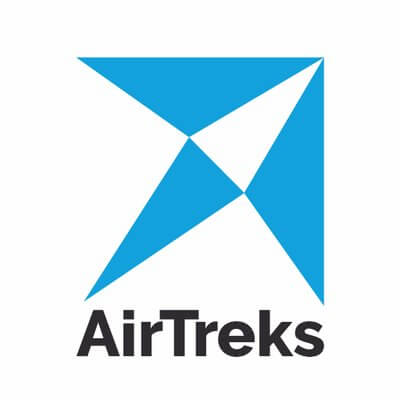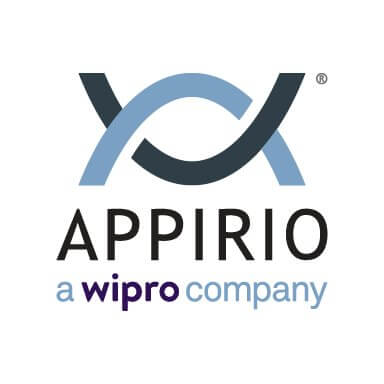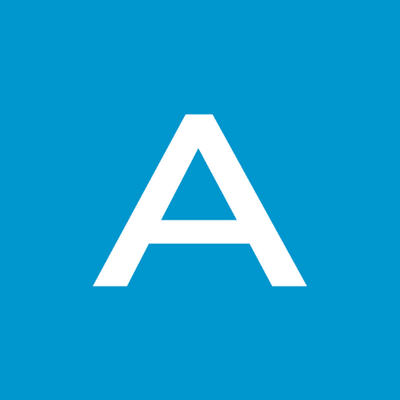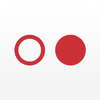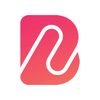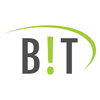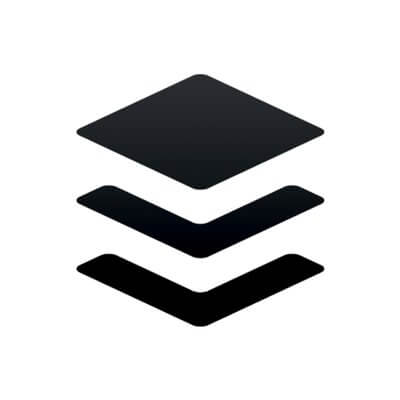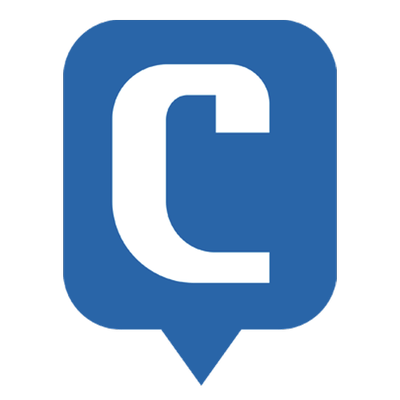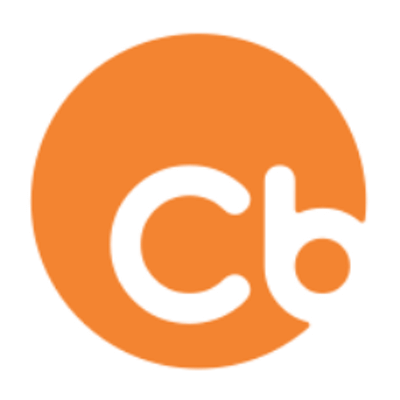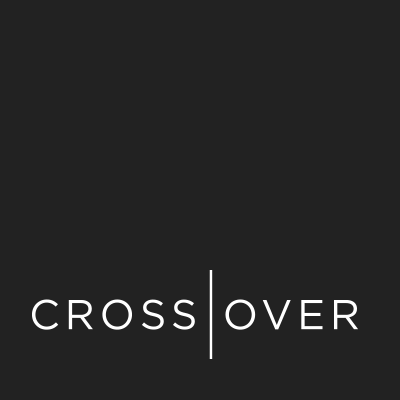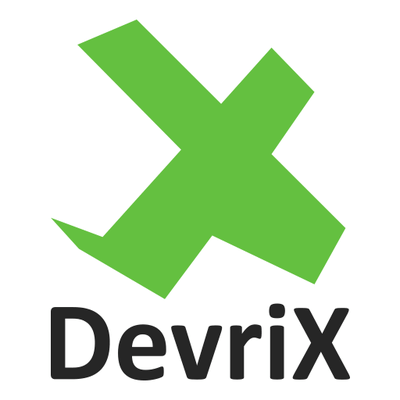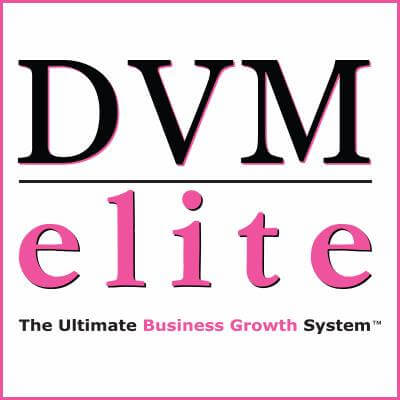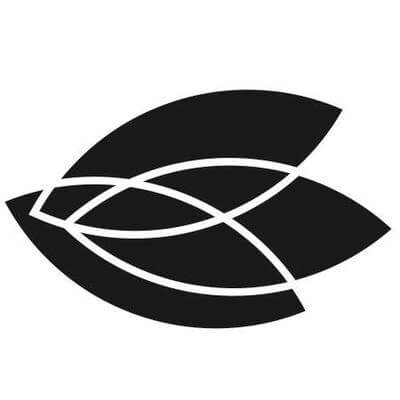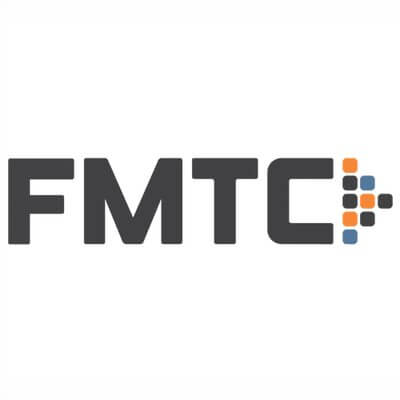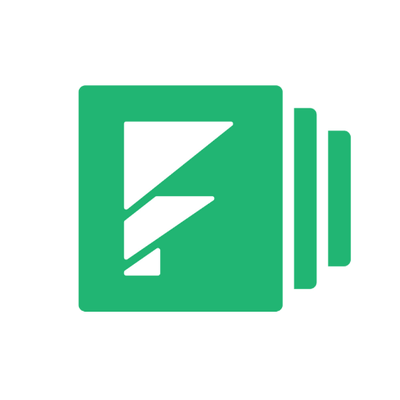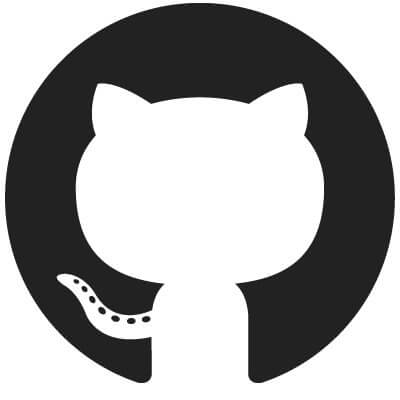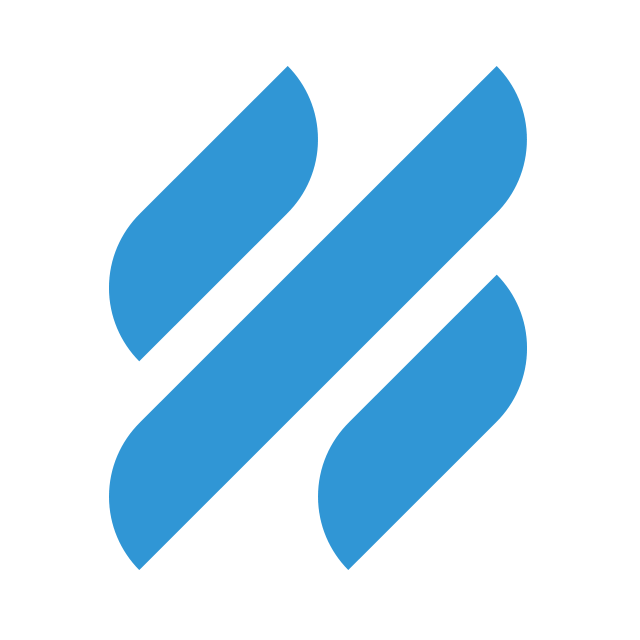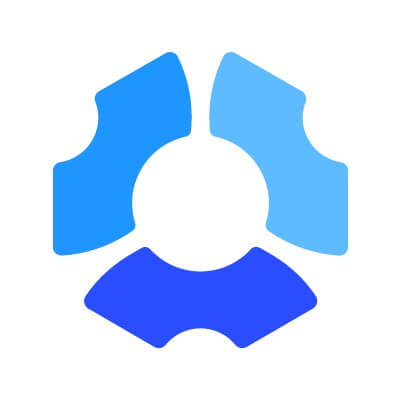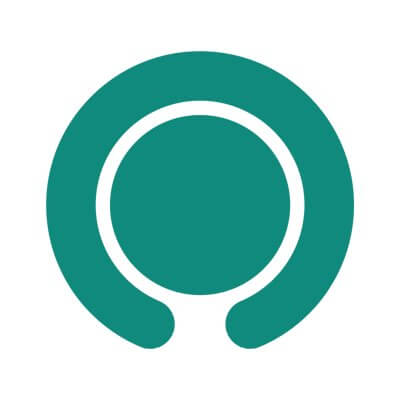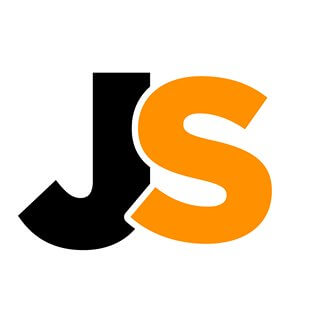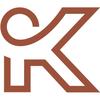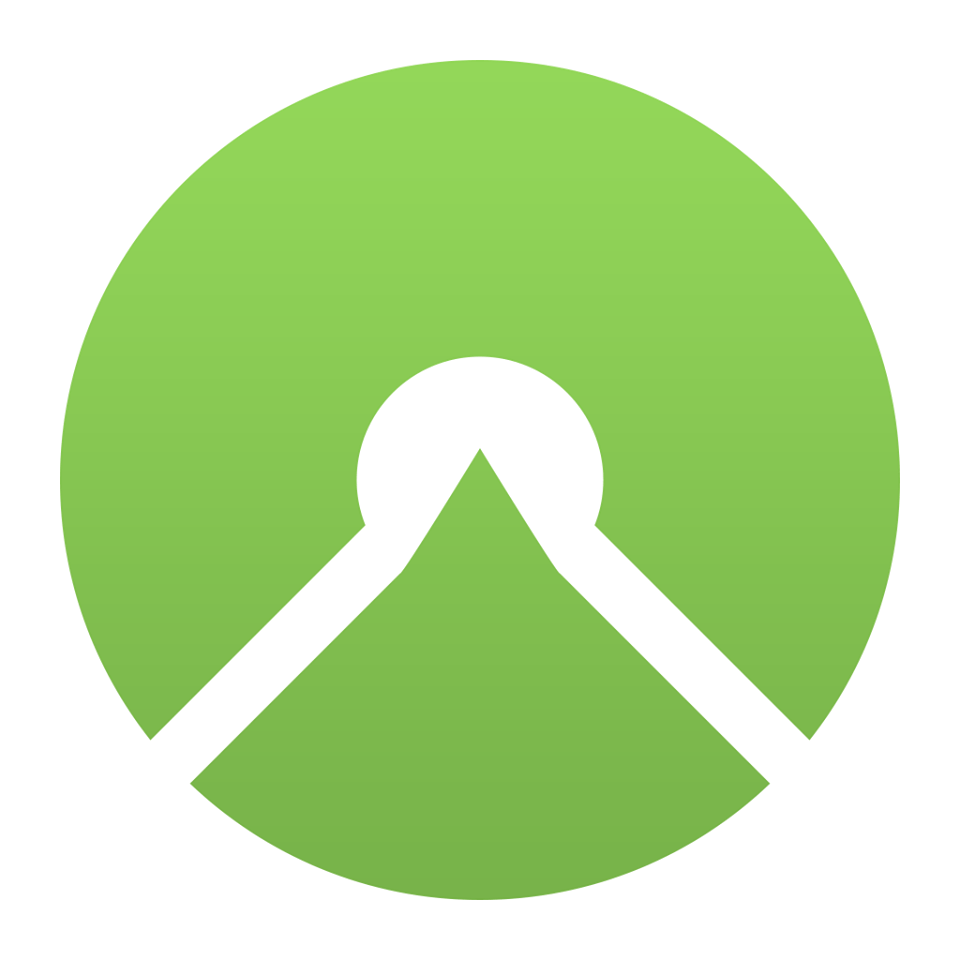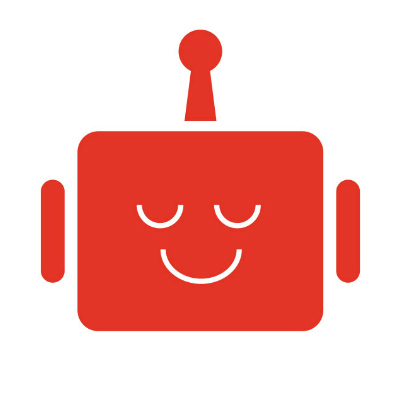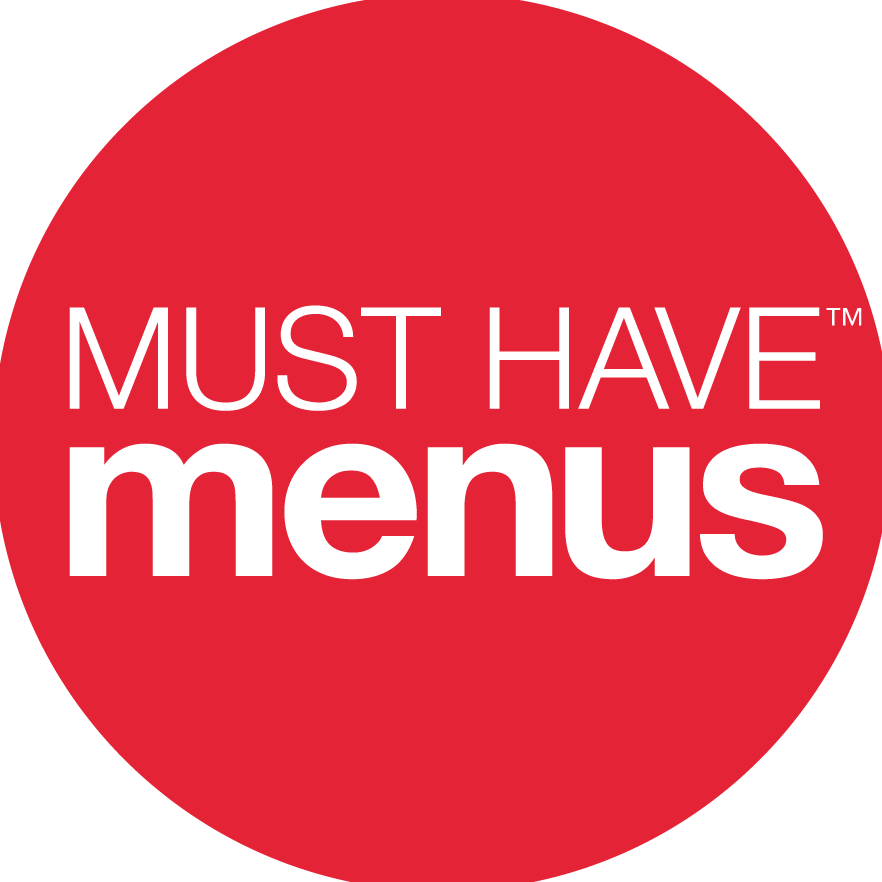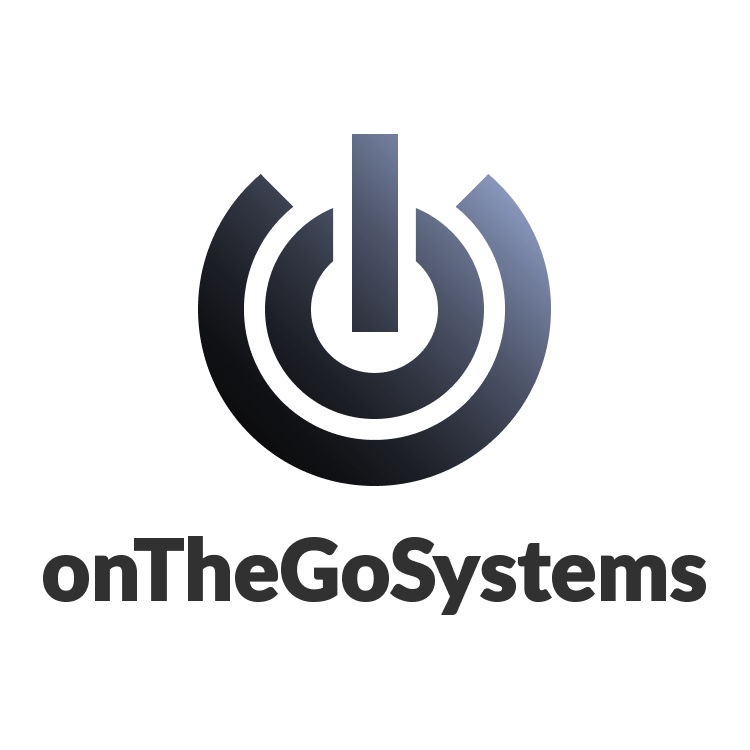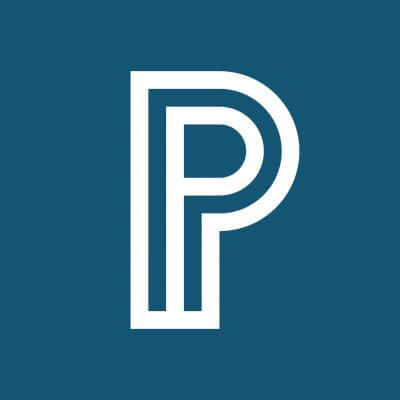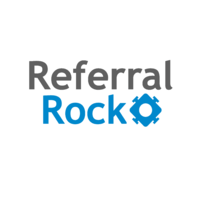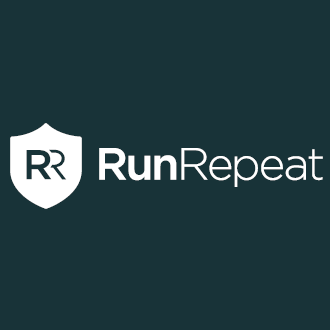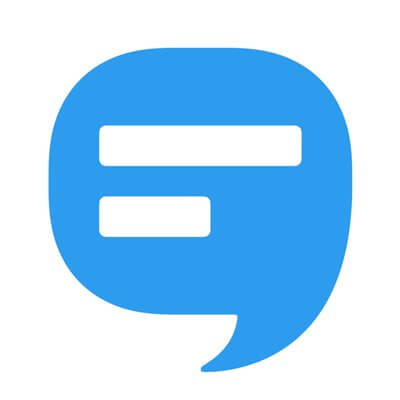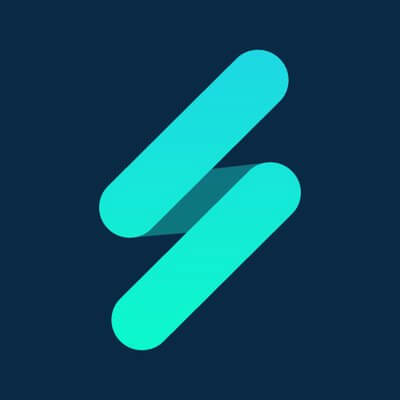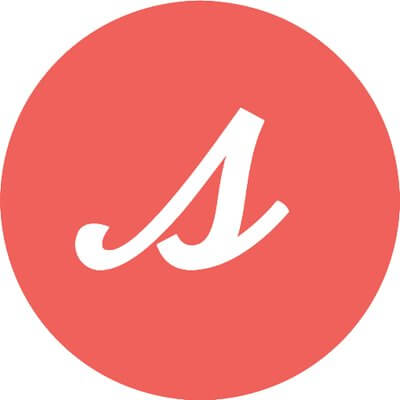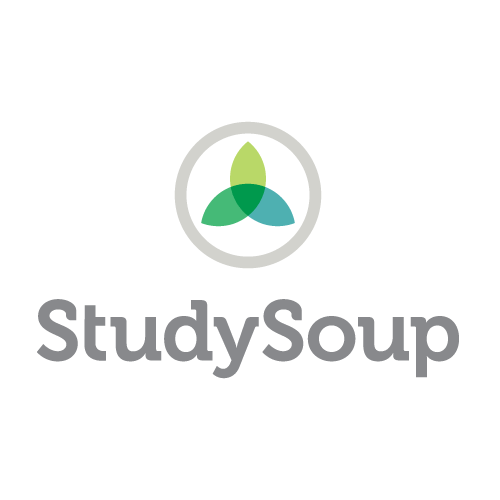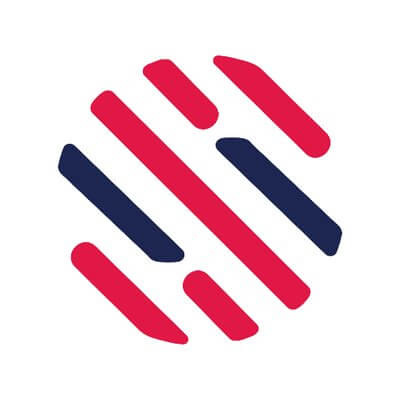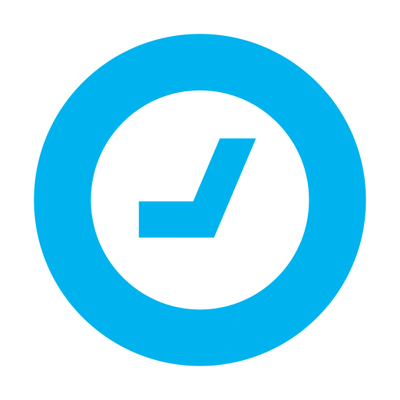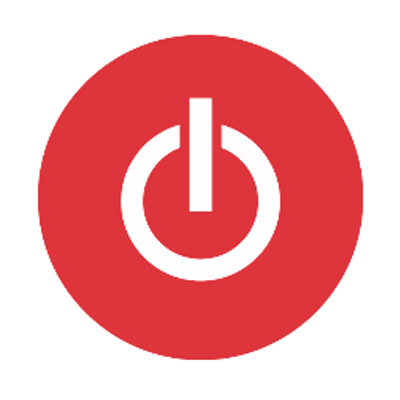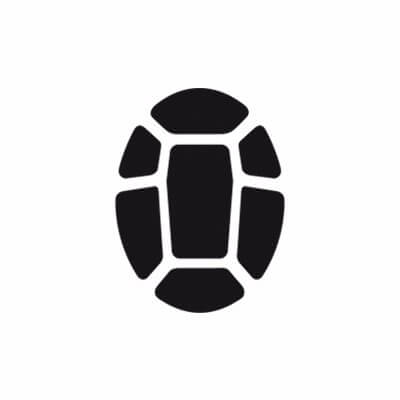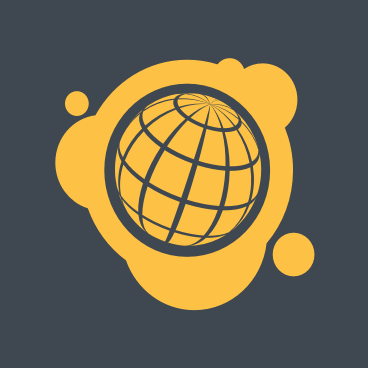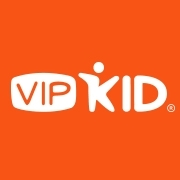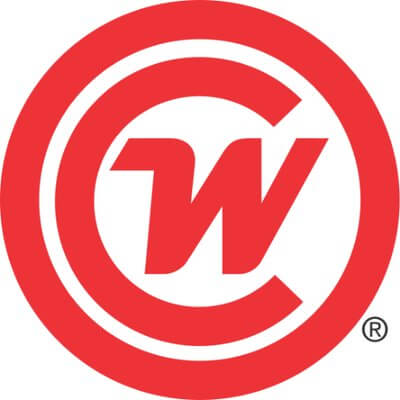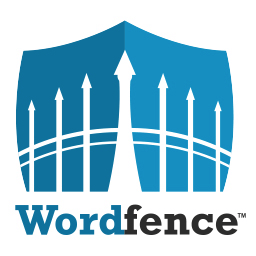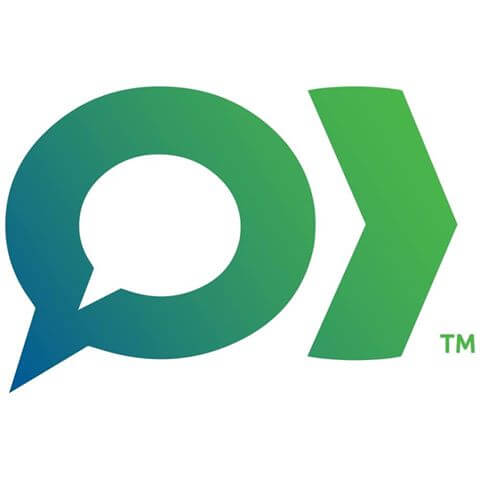How do you conduct interviews for remote jobs?
Same way we would conduct them for co-located jobs, with the only differences being (1) video chat instead of an office visit, (2) careful vetting for communication and English skills, especially with non-US employees for whom English might not be their first language, and (3) a candid discussion about remote work.
We have a full time Recruitment Manager, and a weekly recruiting meeting with the Executive team and relevant Directors to discuss current hiring needs. Our Manager vets resumes based on direction from our discipline leaders (seeking a second opinion where necessary), and performs a short 15-30 minute video chat culture interview with those who make the first cut. If that goes well, and the relevant Director is still onboard, we vet samples and / or conduct a couple of practice exercises (depending in part on the role, in part on the availability and quality of samples). Once more objective vetting is complete, the relevant Directors / Managers / Executives conduct more thorough interviews, and make a decision.
It depends on the team. For the customer support team and some of the development teams, the first interview is text-based. Since we’re remote-first, it’s important that anyone who wants to join the team is comfortable communicating via text for most of the day, and we’ve found this fits really well. After that, there’s either a phone interview or a video one, depending on what the hiring manager for the role prefers.
Our entire talent acquisition process is handled remotely. Interviews are all conducted via telephone or video, and then employees are prepared for their role in a virtual learning environment that blends self-directed learning with group discussions in a video classroom.
Currently, we hire locally and the interview is done in our office. We are prepared to do this in a Google Hangout or other virtual method as we continue to move forward with complete virtual hiring.
We conduct them largely via text chat. It’s a good introduction for the person interviewing about how we communicate (very heavily text-based) and this also allows us to be able to interview people in different timezones no matter where the interviewer is located. The applicant also does a short, paid trial with us so that we can both experience how it is to work together and if there’s a good fit.
First we create a very long and detailed form that’s meant to replace the first hour-long interview. It’s intense and should take about 30 minutes to complete. This alone filters people quite a bit. We don’t ask for age, sex, a photo, LinkedIn URL or even a CV at this stage: this ensures we focus on people’s answers instead.
When we have enough candidates, we close the form and ask a few of the best ones for their CV and LinkedIn URLs, and to meet them for a quick 30-minute interview over Google Hangouts. This is just to get to know each other and answer any questions the candidates might have for us.
After that, the team gets together, and pick a winner.
We use video conferencing for all of our interviews (Zoom), except for the final. [There’s an] initial screening interview to gauge culture fit and adequate skill requirements (HR). Then a second video interview with the hiring manager to deep dive into experience and personality fit within the team.
From there, the candidate will interview with a member of the team he/she is applying for. The candidate will hear about “day in the life” and have an opportunity to ask questions of someone currently in the role. The BELAY team member is also looking for culture fit for the company and the team, as well as experience/knowledge that relates to the position.
The final interview is done in person, typically over coffee or lunch. Over the course of the interview process, we have a series of essay style questions for our candidates to answer, a personality test, and we check references.
We have a 3-step interview process, which consists of a pre-recorded video interview, a video interview with our hiring manager and one with our CEO. The hiring process takes around 2-3 weeks for each candidate, as we really want to ensure each person is going to be a top-notch performer.
Most often via Skype. Most of our team members then have a trial period to allow us both to make sure that it’s a good fit.
We conduct all of our interviews virtually using a tool called Zoom.
We go through at least three interviews with all candidates.
Once we’ve gathered a talented pool of candidates for the role, we enter the review and interview phase. While reviewing candidates, we have everyone involved in the hiring process leave notes on every application.
We look for specific experience and culture indicators (we focus strongly on language and are able to spot some signs of alignment with our values based on the candidates’ notes to us) to help us narrow in on a small pool we believe are a good fit to begin the interview process.
We communicate with the applicants through Skype. We like the personability of Skype calls to have a virtual meeting with the applicants.
We interview over the phone and in person, whenever possible. If not in person, then via Google Chat which allows video sharing. The approach is largely the same.
We have one of the most rigorous assessment/interview processes, for both Crossover team members and the contractors we hire as part of these remote teams. For the contractors, we first send out a job posting, then screen resumes for the basic skills we need. Next, a portion of the applicants are chosen to take assessments to demonstrate their skills. For software engineers, for example, we give them a sample project– a problem or project we have personally had to work through at Crossover. They are given three days to complete this, and it usually takes about 10 hours. Next, they are interviewed by several people, and they are finally offered the job. It’s not an easy process by any means, but it means that our contractors really are the best of the best.
We do text interviews via IM almost exclusively since 99% of our work does not involve calls or meetings. Occasionally we do Skype calls or Hangout videos, but since our distributed policy allows people to work from coffee shops or the beach, we don’t want to force hard requirements for rock solid Internet connectivity or add extra charges for international calls in various countries.
We use appear.in to conduct our remote interviews. We typically set up a room we use for the entire day so the candidate only has to remember/navigate to one place. Then we have the interviewers jump in and out as their portions of the process begin/end. Our interviewers alert each other privately in our Recruiting Slack channel when they’re finishing up an interview so that the next person can be on deck. We never leave the candidate alone in the appear.in, and we make sure to offer plenty of time for breaks along the way.
Formstack interviews are notoriously long, and candidates speak to a lot of different people in the company. We deliberately do this to make sure we find the best culture fits for our team, whether someone is local or remote. For remote candidates, we create a video chat link for everyone to join. Oftentimes, everyone on the interview is remote, including decision makers.
It depends heavily on the nature of the discipline we’re hiring for, but after collecting applications for the positions we post, we usually start screening with things like written questions or exercises to get a feel for a candidate’s communication skills and the depth of their abilities in the area we’re looking to hire for. We’ll then progress to having promising candidates speak with some of the people who they’d be working with via video calls, and then eventually for people we’re confident are good matches for the position we’ll bring them into HQ for a day of in-person interviewing. This process is the same whether it’s a remote position or an on-site role.
It’s important that our interviewing process isn’t just a one-way street too. Our aim is to do what we can to give candidates the chance to see what it’s like to be at GitHub. It’s as much about helping them understand how we do things as it is about making sure we feel they’re a good fit. We only want to hire people who genuinely want to work at GitHub.
Every person who interviews with Goodway starts with a phone screen with our recruiter. Then we require Skype video interviews for all interviews with a hiring manager in a different location from the candidate. For all client-facing sales or executive positions, we fly candidates to meet in person with the hiring manager.
Our interview process takes place primarily on Skype. The candidate speaks to HR first, who fully vets them as qualified, desirable potential team members before arranging a call with us, the owners. In some cases we will even take it a step further and have the candidate interview with other team members they would be working closely with to ensure a ‘good fit’.
Once we bring someone onboard, they immediately enter into a 60-day probationary period. During this time, they are assigned several key projects that they are responsible for completing during the trial and will only work with some key team members on their introductory projects. This gives us a chance to see how they interact with others, how productive they are and the quality of their work before we fully integrate them to the team.
During this time we offer a lot of support, because most new team members want to do well—they just don’t always know how. So we work closely with them to carefully evaluate their abilities, but also give them the tools to be successful at our company. At the end of the 60 days, if we aren’t 100% sure it is the right fit, we will cancel their agreement. This has saved us an extremely large amount of time, as we avoid spending months integrating someone into the company, only to find out they were never really the right fit all along.
The hiring team (3-4 people) interview candidates 1:1 using Appear.in. Occasionally we invite people to our Boston office but mostly it’s video.
We start by phone, then go to video chat. Lots and lots of meetings are usually necessary. Also, a trial period is a must.
We use Skype and collaborative text editors like Hackpad or PiratePad to work with interviewees. Process-wise, we have a few screening questions and often also small tasks to complete for applicants. If we’re still interested, we’ll schedule a call to get to know them better and, at the last stage, have a longer call with goal-directed tasks for them to do, some collaborative work, and some idle chatter.
One of the most important insights in hiring for us so far has been “If it’s not a ‘Hell, yes!’, it’s a ‘no’.”
First we ask for their code, if the quality is great or has potential, we have a telephone call where we ask all relevant questions for this position.
We always set up video interviews with candidates and take the time to speak with them “in person.” This seems to work just as well as in-person interviews, and if anything, it helps to enforce our remote culture. We rely on video calls as part of our daily and weekly communication, so we need to ensure this is something people are comfortable with at the interview stage.
Video conference is essential. I’ve even begun asking for videos as part of the application process so I can get a sense of the applicant’s personality before we meet.
We go through multiple rounds of video interviews, often with test projects incorporated into the hiring process. Because we work remotely and all of our meetings are video calls, this process accurately represents our day-to-day work style.
We do all of our interviews via video chats. This is a great way to break the ice and let candidates get a sense of our culture starting with the first time they meet our recruiter. Right off the bat, they can see it’s not your typical corporate background.
The first interview with Modern Tribe is a ‘cultural interview’ where the applicant meets the recruiter. We talk for a few minutes to start, ask some light questions to help them feel comfortable, and generally try to set the atmosphere to a conversational feeling. After breaking the ice, our recruiter runs them through some of the history of the company, day-to-day logistics, and more info about our culture and our expectations. We get this out of the way early to make sure we address the accountability and communication we expect from our distributed team members.
Since we are a remote company, each interaction with the applicants needs to strongly represent our culture – therefore we try and ensure that their first face to face meeting does a great job of setting the tone!
We do a short set of video calls, starting with a hello call, then proceeding to a call with the direct manager or perhaps the team that is in charge of the job. Full-time jobs will always get a chance to talk to somebody in senior management before an offer is made. We try to make sure the candidate sees MustHaveMenus as a good fit and vice versa.
After reviewing applications and starting some interactions with candidates that stand out, we set the first interview with me, which is intended to get to know the candidate better and see if he or she could be a nice fit for the company culture. Then we also proceed with some personality and aptitude tests. All info is shared with the team leader of the team we’re hiring for. We decide together if the candidate passes to a second technical interview. For some roles, like support, the second interview is the last. For developer roles, the technical part involves two different interviews and a task to be delivered.
We are conducting the first one now by mix of email and video chat. If we happen to live close to some of the applicants, we might meet in person.
If someone can’t come to our office for an interview, we use Google Hangouts or video calls to conduct a remote interview, regardless of where they will actually end up working. It allows us to have them speak with our team members in all kinds of working situations and understand how important communication platforms are to how we work.
We start with qualifying questions on our application process, which whittles down a significant number of applicants. From there, we conduct 15 minute Skype interviews to get a feel for the candidate. From there, we conduct 3-5 one-hour interviews where we discuss all aspects of the job, their relevant experience, and their temperament to get an idea for whether the candidate will be successful. This process has worked well for us.
All our interviews are on Zoom with video. From the first screening, through a project review, and to final interviews.
The process goes like this: a) we make an engaging job post that requires the applicant to answer specific questions, along with sending over a CV and motivation letter; b) a small test task—anywhere from five hours to 20 hours of work, which we pay for; c) call with a colleague working in a similar position; d) call with the hiring manager; e) test employment for three months; f) full employment. Hiring the right person is our most important task.
We conduct interviews the way we conduct most of our work – largely online. There are cases in which we’ve hired team members that we had never met in person, and only met in real life during a company meetup perhaps months after they had already been a valuable contributing member of the team. Most of our interviewing takes place over phone and video chat. If the timing works and we have an opportunity to bring a candidate to a meetup then we will try to do that.
Depending on the role. With non-technical candidates, it’s a conventional process we suppose—we just talk to them and then talk to them some more to gauge their abilities. No google style brain-teasers here. Maybe we’re a little cavalier when it comes to hiring, but we’re not afraid to take employees for a trial run to see how they perform in real-life situations and to fire them if they are not the right fit. This can be tricky of course, because we don’t want to take a person from a stable job and fire them a week later. But we make it work.
When it comes to hiring developers, our lead developer asks for a screenshare and poses programming questions that must be solved in real-time.
We conduct a series of graduated tests for all of our positions followed by up to two team fit interviews with various SitePen engineers and managers. These are all done remotely, of course! Our goals are to confirm hard skills while ensuring they have an adequate appreciation of puns and sarcasm.
We have a series of interviews that often includes paying candidates to complete a real-life project that gives us a sense of their thought process and the kinds of ideas they bring to the table. In the final rounds, we typically have the candidate present the project to the team they would be working with and have an informal Google Hangouts session to see how everyone gels.
We use Google Hangouts for all of our coding interviews. Even developers who would be working out of an office are interviewed over Google Hangouts to give everyone a consistent and fair experience.
We utilize recorded interviews through a third party vendor as more of a pre-screening tool. We then conduct live, over the phone interviews between the candidate and a member of our talent acquisition team.
It all begins with our rigorous recruiting process also defined in our High Caliber Personnel Model, that identifies top talent with strong language skills who seamlessly integrate in your organization’s already established culture. The main part of the recruiting process is where we have voice and video calls over Skype and conduct our HR and Technical interview rounds.
We have a test-first hiring process so this makes things easier. The candidates go through this first level and then we arrange Skype interviews with the team and usually me. We have a principle: Hire hard, manage open. We are not in a hurry when hiring people. A wrong decision means months of agony. We look for people who can first and foremost operate independently. And then as team members. We want people who do not need to be spoon-fed and like to take charge of their own work.
We ask questions related to the job in the application process. Then we do phone screens for promising candidates. The finalists then move on to a role-based interview and a values-based interview.
We do all of our interviews via Skype. If someone can’t communicate well by text or video call, they won’t work well in a remote team. So we don’t feel any pressure to fly someone out to meet in person.
The book Who is an excellent resource for structuring your interview and hiring processes. It’s helpful in formulating questions and interviews for consistency to reduce bias in hiring.
For all of our part time sales reps, we use the phone. For our full-time hires we use the phone, then Google Hangout or Skype, and whenever possible, a face-to-face interview, depending on where the person lives.
At WooThemes, the hiring process included two interviews, initial and panel. The initial interview involved a Skype voice chat with the standard interview questions. The panel interview took place via Google Hangout and included existing team members. The questions were geared towards cultural fit and gave the team interview experience. We’re currently blending our previous hiring process with the established process at Automattic.
We have one of our executives do an initial culture-fit interview. If that works out we do two technical interviews, both of them are one-on-one interviews. Then if we think the candidate is a fit and they still like us, we invite them to do a multi-week part time contract with us. We pay market rates and the time period may vary from 1 to 3 weeks. Most of the candidates who go through this don’t work out – and we have had some really great people who just didn’t work out for a variety of reasons.
Recently we had a candidate who did a three week evaluation with us and it just didn’t work out for that particular role. But we liked them so much that once we parted ways we kept thinking about him and when a contract role opened for a different position we invited him back and we’ve ended up working together again which has been great.
The evaluation we do before someone joins us permanently has worked out really well because we have a team where everyone is absolutely world-class at what they do. From customer service to engineering to marketing. They’re all amazing.
We interview by phone and have started introducing video interviewing in some cases.

